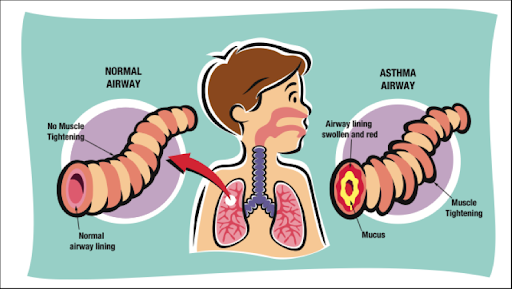Fighting Health Disparities with Asthma Education by Katie Quinn
In the United States, about 6.2 million children under the age of 18 have asthma, making it the leading chronic illness in children (AAFA). Asthma is the top reason for school absences among students, adding up to about 13.8 million missed school days in 2013 (AAFA). I am eager to say this is where my service comes in. At my host site, Education Plus Health, Inc., I am serving as a community health worker and slowly working toward bridging the gap between children with uncontrollable asthma and their families, and their health care providers. While serving in the health centers of two Philadelphia Charter Schools, I am educating students one-on-one about asthma, their triggers, and proper care at home to ensure asthma episodes are reduced. I am also educating the children and parents about their prescribed medication, and working to ensure a more regulated, controlled use.

I have been given fantastic opportunities to further my training on asthma and asthma home care from my training site. Recently, I attended a summit at the Children’s Hospital of Philadelphia, focusing on the effect health disparities have amongst children with asthma in the city of Philadelphia. With the majority of my students living in low-income homes or in shelters, I am seeing the overwhelming power that these disparities have on children’s health. Poor piping in homes leads to leaks and mold, which can be an asthma trigger. Poor air circulation leads to accumulation of dust and other common air pollutants that can make it difficult for these children to breathe. Poor foundations in homes can lead to pests, which can also exacerbate asthma symptoms. With all of these factors that play a role in these children’s health, what can be done?
There is still much work to be done to control asthma symptoms of these children, but I hope that through my service in the National Health Corps Philadelphia, I will be able to help as many children as I can. With the continuation of research and education around health disparities and social determinants of health, I hope to see the reduction of chronic illness among urban, low-income, minority populations. I look forward to educating these families, keeping their children healthy, and keeping their children in school.
“Asthma Facts and Figures.” Asthma Facts | AAFA.org, June 2019,
https://www.aafa.org/asthma-facts/.
(thumbnail) image: child using his inhaler with a spacer and face mask
Image: cartoon showing the difference between a healthy airway and an asthma airway, with inflammation and mucosal production